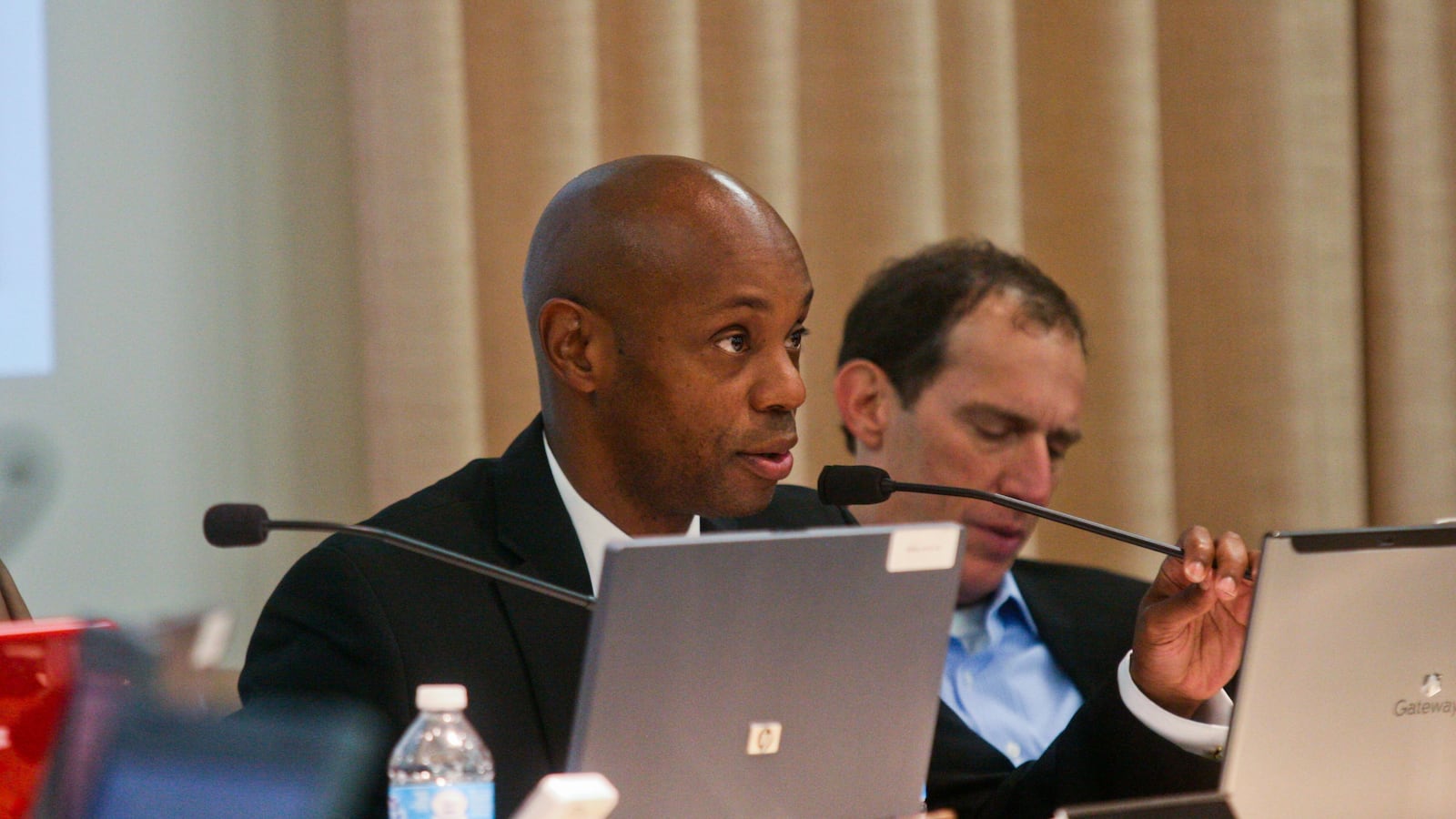In just two years of overseeing a merged school district, Shelby County Superintendent Dorsey Hopson has shepherded through the majority of its $275 million in budget cuts — mostly the result of a student exodus and the ending of multimillion-dollar grants.
Cutting the budget is the toughest part of his job, Hopson said recently as the district completed one fiscal year and began a new one on July 1.
“Year after year we’ve had to cut,” Hopson said in an interview with Chalkbeat. “You keep cutting closer and closer to the classroom.”
With Monday’s vote by the Shelby County Commission to sign off on its 2015-16 tax rate and spending plan, including money for K-12 education, Shelby County Schools moves into its third fiscal year as a district.
The state’s largest school system expects to spend $986 million this school year to educate 109,489 students at 151 schools. That averages out to about $8,900 per student. Last year, the district spent $954 million to educate 117,269 students at 160 schools. The average per-pupil cost was $8,134.
The district cut $125 million from its 2015-16 budget by laying off 500 employees, closing two schools and moving hundreds of other students from other schools being taken over by the state’s Achievement School District.
Hopson said he hopes the fiscal bleeding will slow as a result of this year’s budget-cutting process — in which he opted to use a scalpel instead of an ax — and the district’s decision to prioritize investments to turnaround schools with low test scores.
Last year, Hopson ordered each department leader to cut 20 percent from their departmental budgets — a process that he said forced the district to lose positions and programs that were crucial to the district’s operation. This year, the administration worked with a consultant during a three-day retreat to rank spending priorities based on district goals, allowing administrators to cut positions and programs accordingly.
The Innovation Zone, the district’s intensive turnaround program for academically struggling schools, was identified as a top district priority. The expanding initiative received an additional investment of $7 million by tapping into settlement money from a longstanding lawsuit with the city of Memphis.
“We’ve under-invested in these schools for so long, it’s only right that we start investing in them now. And we’re seeing great results,” Hopson said.
The district also opted to resurrect four truancy centers to tamper down on chronic student absenteeism — an issue that not only affects student performance but per-pupil funding from the state.
"We have to do more with less."
Dorsey Hopson
Hopson bemoaned, however, the loss of key positions this year including counselors, social workers and information technology support staff who will be missed when the district switches to online testing next school year.
To the 500 educators who lost their jobs in recent layoffs, most of whom were teachers, Hopson said he’s empathetic.
“We have to do more with less,” he said. “But I don’t like the uncertainty that it’s created and the emotional toll on the staff. We’re constantly closing schools and losing teachers. While it’s uncomfortable, 92 percent of those teachers have managed to find a job with us the next year.”


